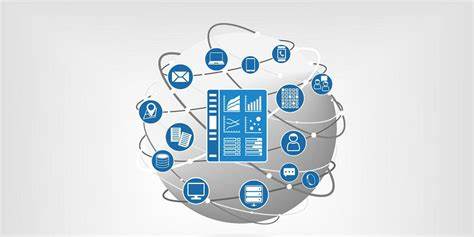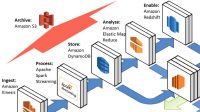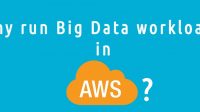Big Data usage in banking
The technologies mentioned above enable banks to draw conclusions about the segmentation of their customers and the structure of their income and expenses, analyze their transaction channels, receive feedback based on client feedback, spot potential dangers, and stop fraud.
These are a few examples of how banks use big data and the benefits it can provide.
- analysis of customer spending and income
Banks have access to a variety of information about the earnings and expenses of their customers.Their earnings during a specified period of time and the money that went into their accounts are covered by this information. This data can be examined by a financial institution to determine whether a client’s income has increased or decreased, whether revenue sources have been more dependable, how much was spent, and other relevant information. which channels the client used to complete particular transactions.
Banks can make decisions about lending, risk assessment, and whether a client is more interested in gaining advantages or making investments by looking at the data.
- the consumer base is segmented
Following a preliminary examination of the income-expenditure structure, the bank classifies its clients into a number of groups based on a number of variables. Future consumers will be able to receive the appropriate services thanks to these details. And as a result, the workers of the financial institution will be better prepared to promote supplementary goods and tempt clients with tailored offers. By determining the clients’ projected monthly income and expenses, the bank can develop a thorough plan to ensure net profit and maximize revenue.
- Risk evaluation and fraud protection
The bank can spot issues as they develop by knowing people’s usual financial activity habits. One sign that a card has been stolen and used by fraudsters, for instance, is if a “cautious investor” tries to withdraw the entire balance from their account. The bank will contact the customer to provide more details about the situation.
Analyzing various types of transactions also significantly reduces the likelihood of fraud. Whether trading stocks or determining a loan applicant’s creditworthiness, for example, data science in banking can be utilized to evaluate risks. With the use of big data analysis, banks can handle tasks like compliance verification, auditing, and reporting. Overhead costs are cut, and operations are simplified.
- Managing feedback to enhance client loyalty
Nowadays, customers can provide financial institutions feedback over the phone, online, or on social media. Experts analyze these publicly accessible mentions using data science. As a result, the bank is able to respond to comments promptly and effectively. This encourages people to be more loyal to brands.
These days, big data analysis opens up new prospects for bank expansion. Because of the usage of this technology, financial institutions are better equipped to comprehend client expectations and decision-making. As a result, they are able to quickly and successfully respond to market demands.





